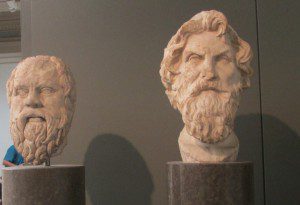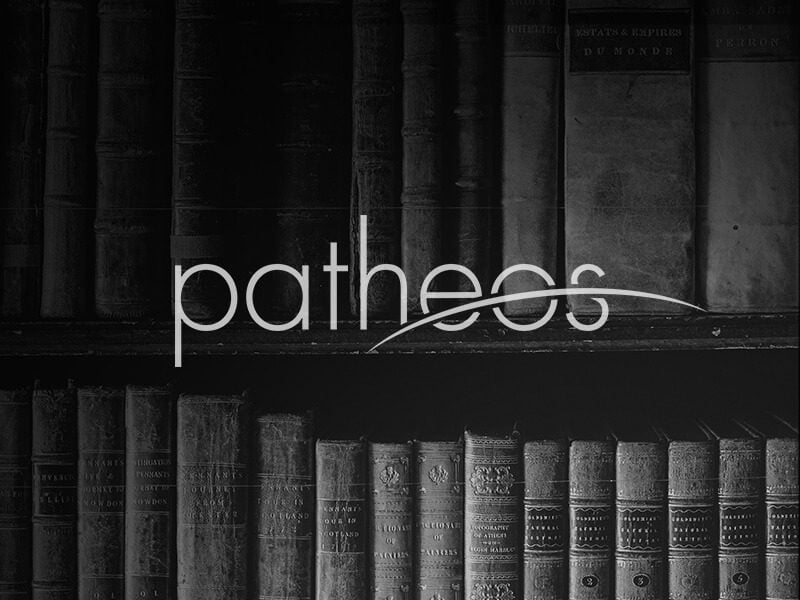Technology in the Classroom
A friend of mine is a middle-school teacher. She told me the other day of having some photographic slides around the room and one of her young students picked one up, held it gingerly up to the light like a loaded gun, and was amazed. “Miss Neal, Miss Neal, you are never going to believe this. These cardboard things, they are like pictures only really small. If you hold them up to the light you can see PEOPLE in there!” This reminds me of the day in the thrift store when I heard a very young man point out a typewriter to his father and say “Dad, what is that, some kind of old-fashioned computer?”
 Like it or not, technology marches on. The questions today, for both students and teachers are “What are we to do with this technology and how can it be best used in the classroom? Think back to your best classes and ask what use the teacher made of technology; did it help or hurt the class?”
Like it or not, technology marches on. The questions today, for both students and teachers are “What are we to do with this technology and how can it be best used in the classroom? Think back to your best classes and ask what use the teacher made of technology; did it help or hurt the class?”
Dr. Patrick Allitt in his very helpful work, I’m the Teacher, You’re the Student: A Semester in the University Classroom, speaks of the technology that he has used and then points out the results that the use of this technology has had. Though Allitt’s book has an entire chapter on “technology and technique,” I should mention that I am also watching an excellent series of lectures produced by the “Teaching Company” in which Dr. Allitt spends 24 half-hour lectures on “The Art of Teaching: Best Practices from a Master Educator.” In one lecture Dr. Allitt speaks to this very issue so some of the information below comes from the lecture and not from the book (to check out the course go to http://www.teach12.com/tgc/courses/course_detail.aspx?cid=2044 ).
First, both student and teacher should think about what is meant when we use the term “technology.” On the low end there is the black/whiteboard, the flip chart, and (to some extent at least) the textbook. On the higher end there is power-point or Key-Note, videos, smart boards, and even classroom equipped clickers. Clickers are put into large lecture halls so that input can be gained directly from students on a question that the professor asks (much like polling the audience on “Who Wants to be A Millionaire”).
Second, the primary question to be asked is: “Does this help or hurt the classroom instruction?” We likely have all been held captive to slide shows in which the person did nothing more than simply read what was up on the screen. While a little reading aloud from the textbook or from a slide can heighten the importance of the text, constant reading tends to remind the student that she herself can read and that class should be used for something else.
As to the actual use of technology, I tend to use slide shows to show the outline of the lecture as well as any visuals I might need (e.g., pictures, maps, drawings) but not to put the entire class on the slide show. Since my school uses “Moodle” and the slides are available for students to refer back to when studying for the test I don’t want a student to think that everything in the class is on the slide show. It just occurred to me how funny it is that we call these slide shows when no slides are used. It is kind of like the cc put at the bottom of a memo when there has not been a “carbon copy” used in twenty years. At any rate, I find the slide show a very helpful tool when used properly. It helps keep the students on track with the lesson, makes the showing of visuals easy, and helps those students who have trouble taking notes. One of the problems that the instructor faces is getting the students to look at her rather than the screen during the lecture. Allitt suggests darkening the slide once it has been seen and the professor is lecturing about the point made in the visual.
In addition to using slide shows, I suppose every teacher uses some sort of writing surface. It might be a flip-chart, a black/whiteboard, a smart-board, or whatever. While the slide show communicates preparation and a direction in which the professor expects the lecture to go, the board communicates the ability to improvise and go with the flow of the question or discussion. Neither is better when used properly. They are different tools for different purposes. One suggestion that Allitt makes is to ask select students to draw a picture on the board of whatever the lecture topic might be for the day. In Allitt’s case having a student draw a bicycle or a cow is not that hard. On the other hand having a student draw “covenantal nomism” would be a little more of a stretch. This helps with student involvement and (depending upon the drawing) adds some humor to the class.
As to the use of clickers, I have never taught in a class with this technology. It does seem that it would allow for questions with four choices and might permit the professor to see if her ideas were really getting through, though I don’t know this from experience and Allitt speaks very little of it.
Allitt does have an idea that I found fascinating. He finds a piece of music from the time period upon which he is lecturing and has that playing, with a loop of pictures from the same time period, as the students enter the classroom. This allows the early students to “get into the mood” of the class and makes those sometimes awkward moments before class starts more useful.
With all of the technological choices before the professor, how does one decide what will aid the class and what will distract from it? Have you seen movies or music used successfully? Can you tell us about your best and worst experiences with technology in the classroom; times when the technology helped immensely; times when it was more distracting than helpful? What technology do you use when you teach and what do you do to make sure it is effective?
Next week I will finish up this guest spot by writing about grading, particularly grade inflation. I can’t wait!











